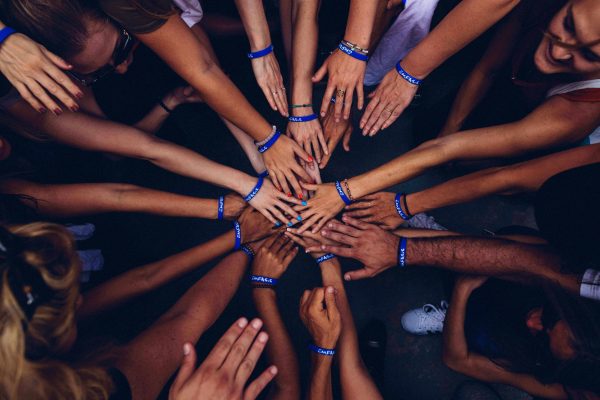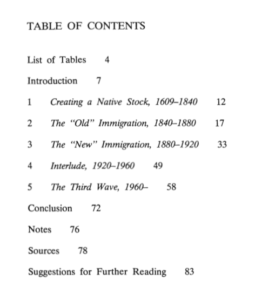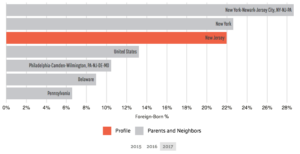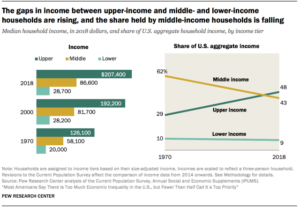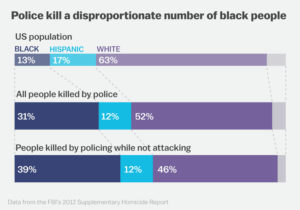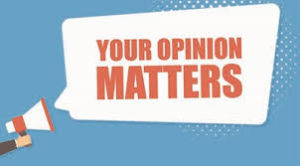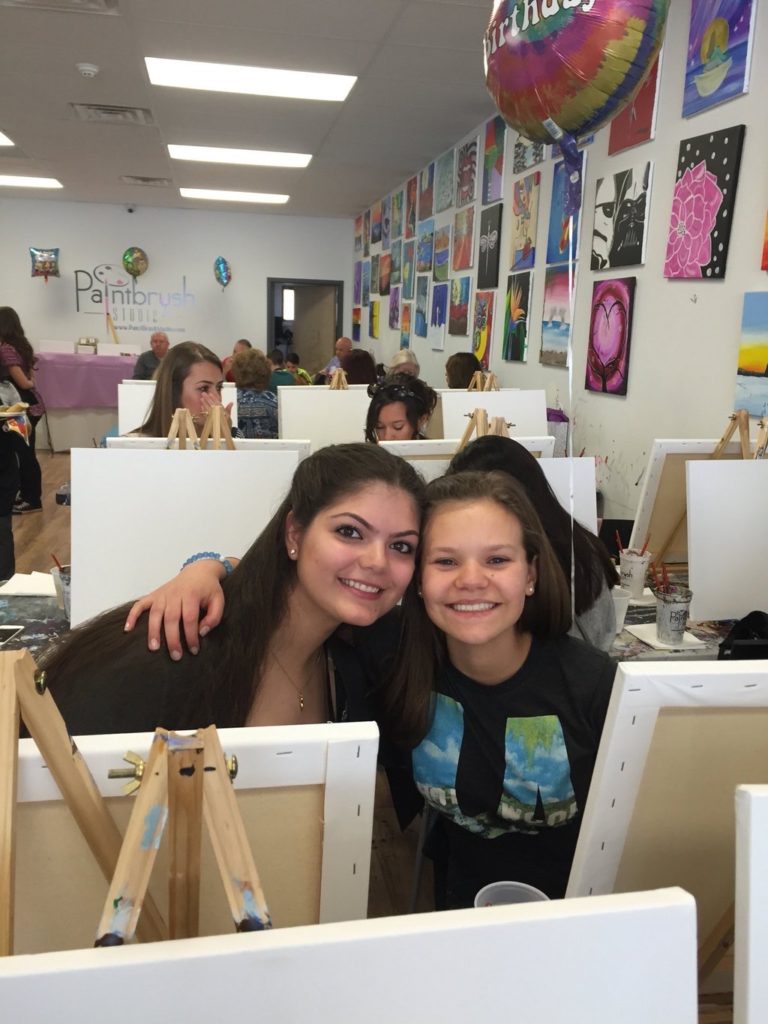In a society that constantly changes and adapts to evolving circumstances, it is important to be aware of recent events and conscious of how to handle different matters pertaining to urgent topics. Immigration is an increasingly popular topic for debate, and people find themselves being on either the pro-immigration stance or the anti-immigration side. This is a problem: people should not be pinned against other human beings. People should care about immigration because it is the foundation that formed many nations, especially the United States. The U.S. is able to thrive on its diversity and offer so many options in so many different sectors of society as a direct result of immigration’s influences (i.e. job opportunities, education possibilities, language variation, cuisine, etc.). People should care and want to know more about their surroundings, where they live/come from, and current events. Many immigrant families encounter barriers that prevent them from completely immersing themselves in American culture. Most of all, people should care about this matter because most people encounter immigrants (and know them personally) if they are not immigrants themselves. To effect change in the way people perceive immigration and act towards it, alterations need to be made on three levels of society: the individual level, the local level (for our purpose, the RCNJ level), and the national level.

Individual Level
The first step in becoming an advocate of any social issue is becoming educated on the topic and being open-minded about all factors it involves. Because people often base their opinions on what is depicted across the media, there are common misconceptions spread about immigrants and their backgrounds. People can combat this by using trustworthy sources as well as becoming advocates for immigrants and the immigration process. People can attend rallies/protests, attend marches, and sign petitions to raise awareness of the topic and to recruit others to start thinking in the same open-minded ways. Although most movements are most effective at the national level, movements such as #MeToo begin on the individual level; once an individual speaks their truth and takes a stand, others feel empowered to do the same. It takes on a domino effect: once a single individual takes action, others will feel empowered enough to follow in their footsteps. Media can be a significant contributor in this, as those who feel passionately and strongly about the matter will likely reach out and try to make a difference in the way others see immigration.
Local/RCNJ Level
Above the individual level is the local level; Ramapo holds a significant amount of power in spreading awareness and acceptance throughout campus. The school can offer courses and bring attention to immigration as well as its history in America. While Ramapo does provide and advocate for diversity and activities celebrating different cultures, international students add a large portion of the diversity and new perspectives that are seen on campus, even though they may not necessarily be immigrants. Colleges and universities have their own policies about accepting undocumented immigrants, so to make a difference, Ramapo can accept a wide range of immigrants no matter what their backgrounds may be (^1). The students involved in the DREAM Act, referred to as Dreamers, are eligible to receive in-state tuition, and New Jersey and New York are both among two of the nineteen states to offer this opportunity, which is beneficial since Ramapo is in New Jersey and is close in proximity to New York (^2). Despite the DREAM Act being a national bill, it allows colleges and universities to be an active part in undocumented students’ journeys.
National Level
Because of the complexity of immigration, the most action can be taken at the national level. First, the US Immigrant Rights Movement is a nonviolent social movement that aims to protect immigrants from discrimination while also paving the way for undocumented immigrants to become citizens (^3). This movement tries to grant immigrants opportunities with matters such as jobs and education and is integral in trying to give them a more fair chance in life (^4). This social movement holds marches across different cities and states, which allows for them to raise more awareness. All of its missions and goals can be found on their website. While it is typical for volunteers of this movement to be of Latino descent, anyone who advocates for freedom can take action and be an ally in the movement. Additionally, in recent years, immigration has become a hot topic for debate with lawmakers often disputing between being more strict or more lenient on immigrants, particularly those who are undocumented. To effect change, the government can begin to become more consistent in how they manage and approach immigration matters. These varying perspectives cause inconsistencies when passing legislation, which only makes it more difficult since regulations are changed and modified each time a new president and political party assumes office (the most recent modification being that President Trump has suspended immigration into the United States due to the coronavirus pandemic). It would make it easier on citizens and government if media and legislation was spreading the same information, not conflicting or contradicting news. We may be able to accomplish a trickle-down effect also, however, only if the national government is able to come to a mutual understanding in how to treat such matters.

Acceptance and advocacy of immigrants and the immigration process can be fostered at the individual level, through the local level, and all the way up to the national level. If individuals are more tolerant and accepting, then more people will be granted opportunities. The more people work together, the more efficient and advanced society will continue to become, so it is important to take a stand for what one believes in and see that through all the way to the national level by participating in rallies, voicing opinions, and always being civil.
______________________________________________
Bibliography
(Image 1 and Image 2) Semotiuk, Andy J. “What Do Immigrants Want And How Do They Get It?” Forbes. Forbes Magazine, January 30, 2020.
(^1 and ^2) “The Dream Act, DACA, and Other Policies Designed to Protect Dreamers.” American Immigration Council, September 3, 2019.
(^3 and ^4) “The US Immigrant Rights Movement (2004-Ongoing).” ICNC: International Center on Nonviolence Conflict, 2020.
